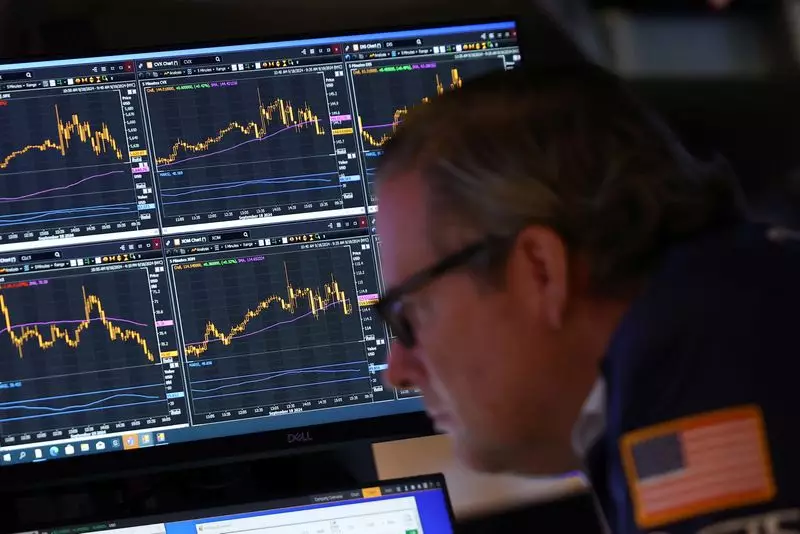In a time marked by volatility and uncertainty, investors are constantly seeking reliable avenues for income generation. The recent shift in the Federal Reserve’s policies, particularly the initiation of a rate-cutting cycle, has encouraged a notable increase in investments in U.S. exchange-traded funds (ETFs) that prioritize dividend-paying stocks. This rise in capital inflows into dividend ETFs, however, arrives amidst changing trends in U.S. Treasury yields, raising questions about the stability of this growing interest in these funds.
In September, 135 U.S. dividend ETFs tracked by Morningstar saw an influx of $3.05 billion—a remarkable uptick compared to an average of $424 million per month from earlier in the year. Such a dramatic increase is emblematic of a broader movement among investors to seek out income-generating assets as yields on traditional bonds are projected to decline further with continued rate cuts by the Federal Reserve. Nick Kalivas from Invesco notes that the shift in monetary policy leads to a surplus of cash searching for productive investments, positioning dividend-yielding stocks as primary beneficiaries.
However, recent spikes in benchmark 10-year Treasury yields may dampen this fervent pursuit, posing a potential obstacle to the flow of funds into dividend ETFs. The resilience of the U.S. economy, evidenced by robust employment data, suggests the Fed may take a measured approach to future rate cuts, thus influencing investor behavior and expectations.
The surging popularity of dividend ETFs is not solely attributed to monetary policy shifts. Rising tech valuations and broader market trends also contribute to this renewed interest. As noted by Josh Strange, founder of Good Life Financial Advisors, the concentration of the S&P 500 in a select few companies—largely driven by advancements in artificial intelligence—has resulted in inflated stock prices. At 21.5 times projected earnings, the S&P 500’s valuation hovers near three-year highs, significantly above its long-term average of 15.7. During such periods of inflated valuations, dividend stocks offer a more appealing alternative for those wary of speculative investments.
The allure of dividend ETFs lies also in their competitive yields. While returns vary by strategy, some funds yield close to 3.6%, matching the current yields of benchmark Treasuries. This relative attractiveness manifests itself in a diverse range of sectors represented in dividend ETF portfolios, including energy, finance, pharmaceuticals, and utilities.
Prospective investors in dividend ETFs face the intricate challenge of balancing yield against growth potential. Sean O’Hara from Pacer ETFs emphasizes that high dividend payouts often come with the expectation of sustainability and corporate growth. A strategy that focuses purely on high dividends could lead unwittingly to investments in companies with deteriorating fundamentals. Therefore, portfolios like Pacer’s US Cash Cows ETF—launched in 2016—prioritize companies with strong free cash flows as a means to mitigate risk. The $24.8 billion fund has experienced considerable investor interest, attracting $7.1 billion in inflows over the past year, underlining the importance of sound financial health in dividend investing.
As the monetary policy landscape continues to evolve and economic indicators fluctuate, the future of dividend ETFs remains uncertain yet promising. While the initial rush of inflows paints a picture of optimism, external pressures such as rising Treasury yields and market valuation adjustments could reshape investor strategy. What remains clear is that dividend ETFs stand out as a viable option for income-seeking investors, offering a combination of yield and stability amidst an economic backdrop that is anything but predictable. As we look ahead, continuous adaptation to macroeconomic changes will be essential for ETF managers and investors alike in navigating the delicate interplay of risk and reward in the pursuit of sustainable returns.

